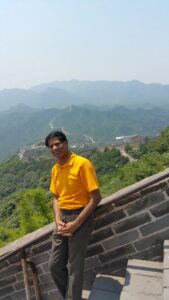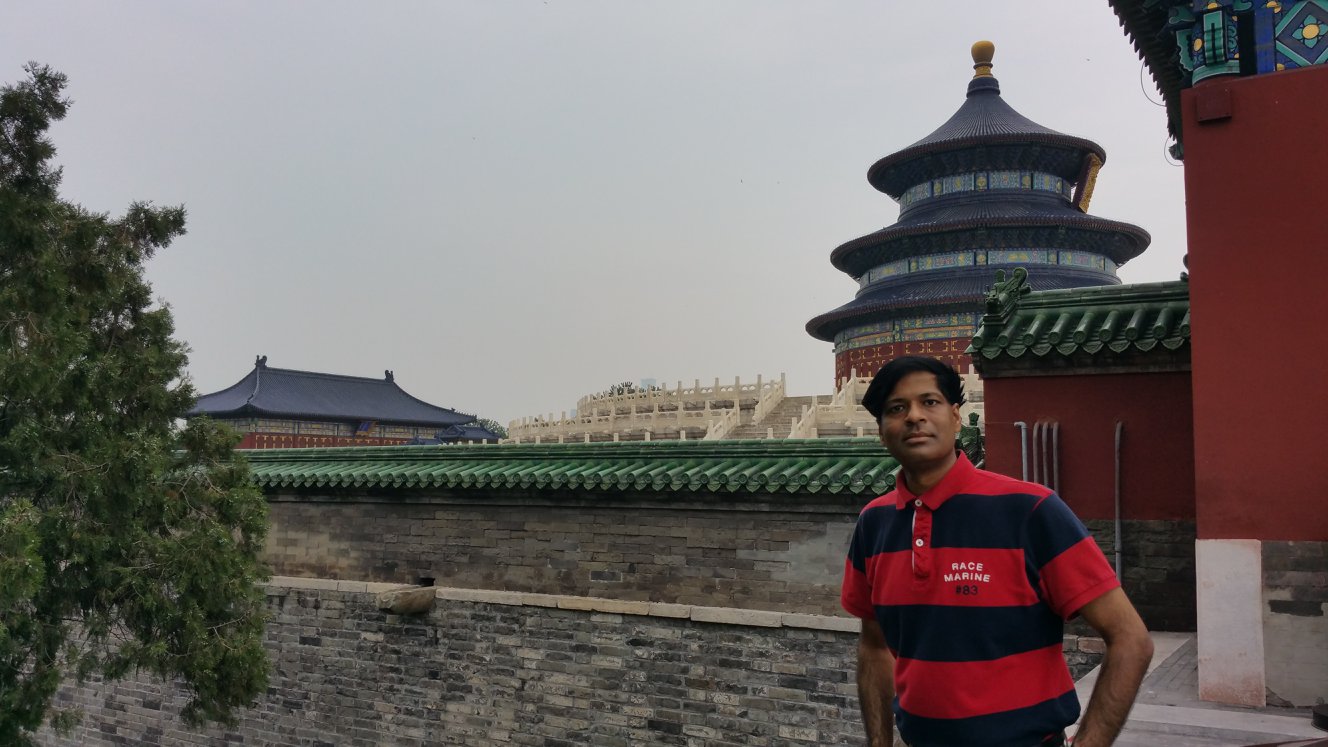
The Temple of Heaven (Chinese: 天壇; pinyin: Tiāntán) is an imperial complex of religious buildings situated in the southeastern part of central Beijing. The complex was visited by the Emperors of the Ming and Qing dynasties for annual ceremonies of prayer to Heaven for good harvest. It is my favourite as well as a UNESCO World heritage site
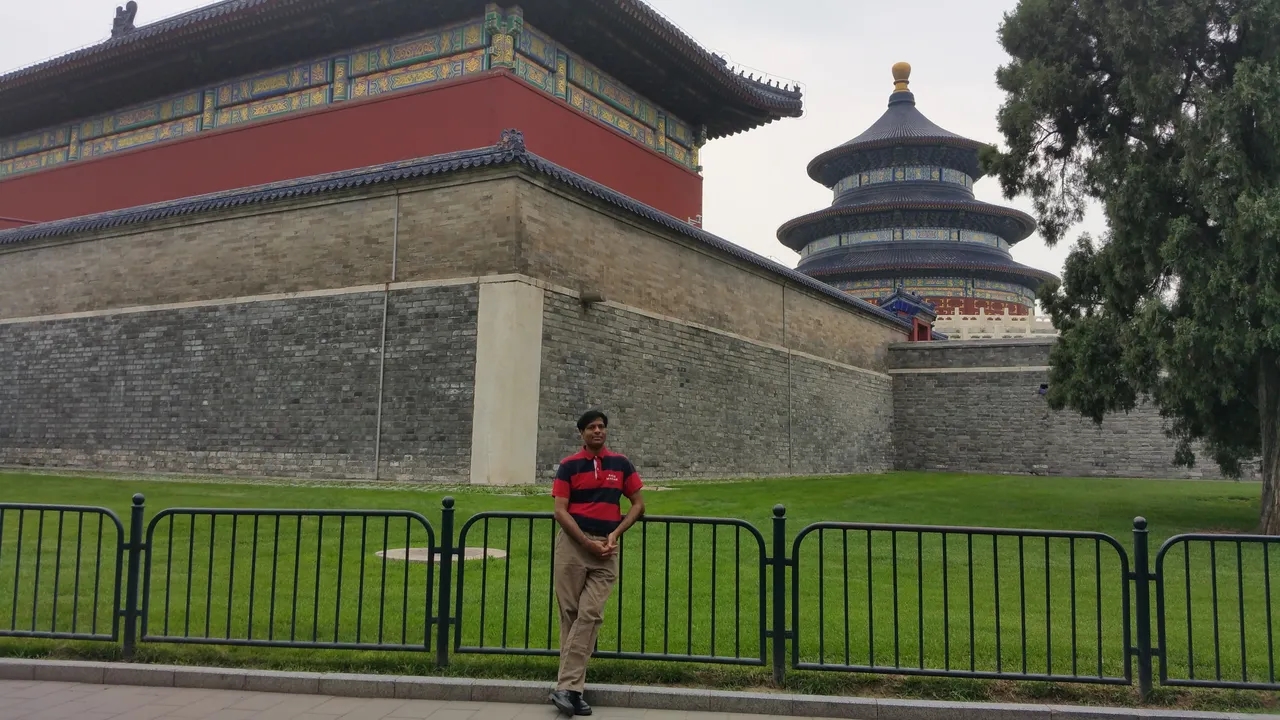
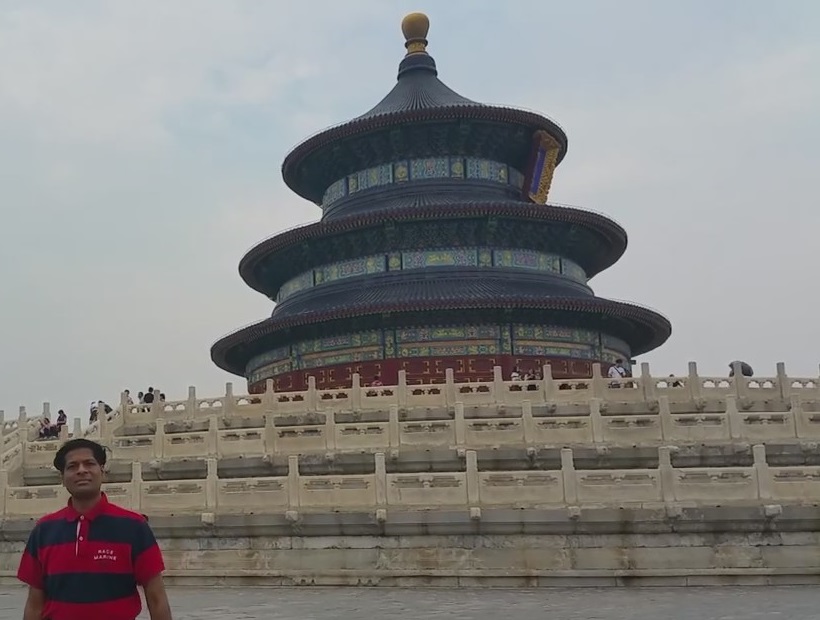
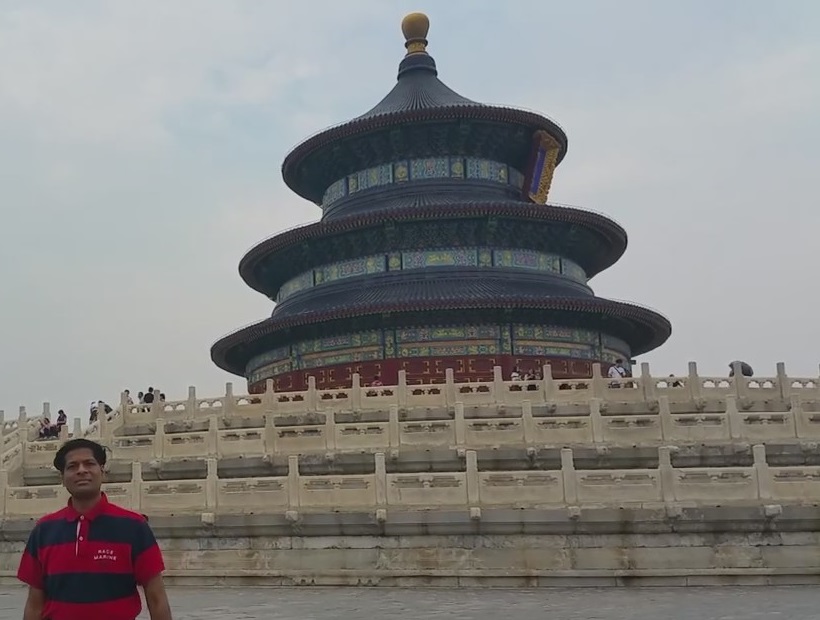
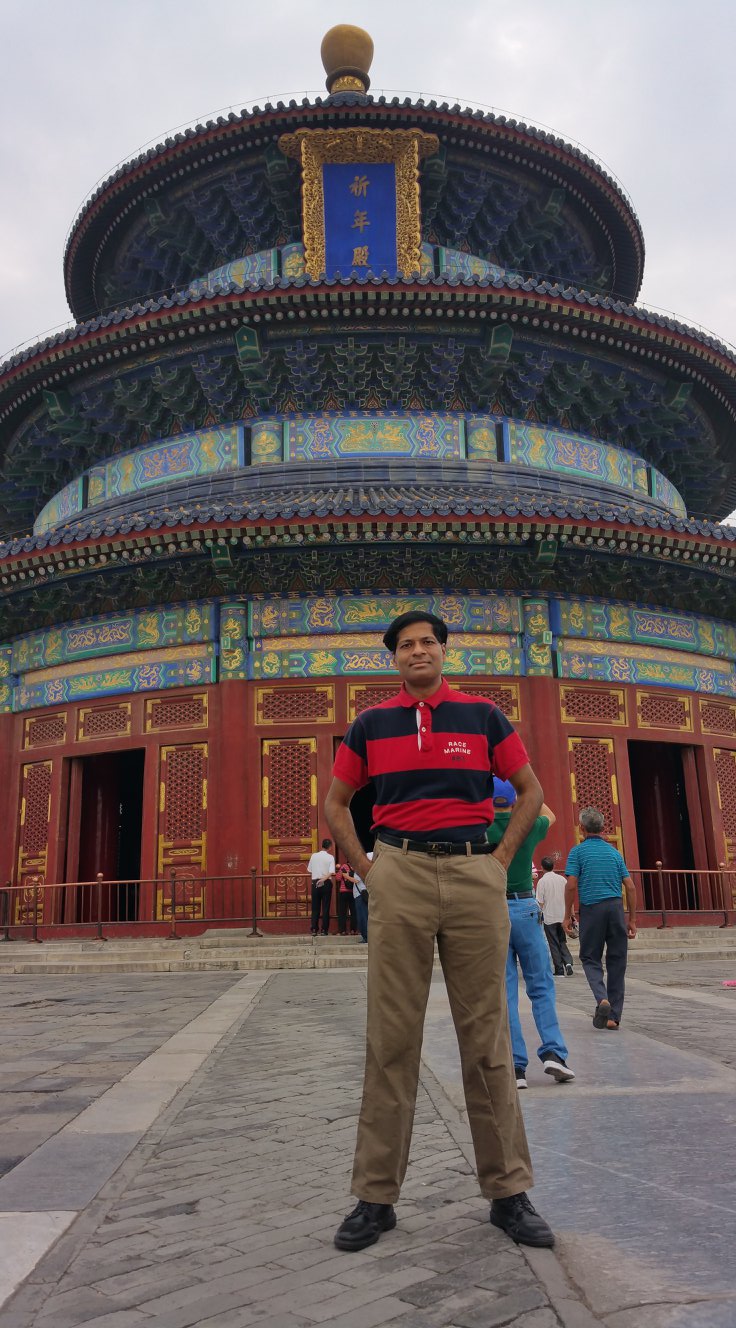
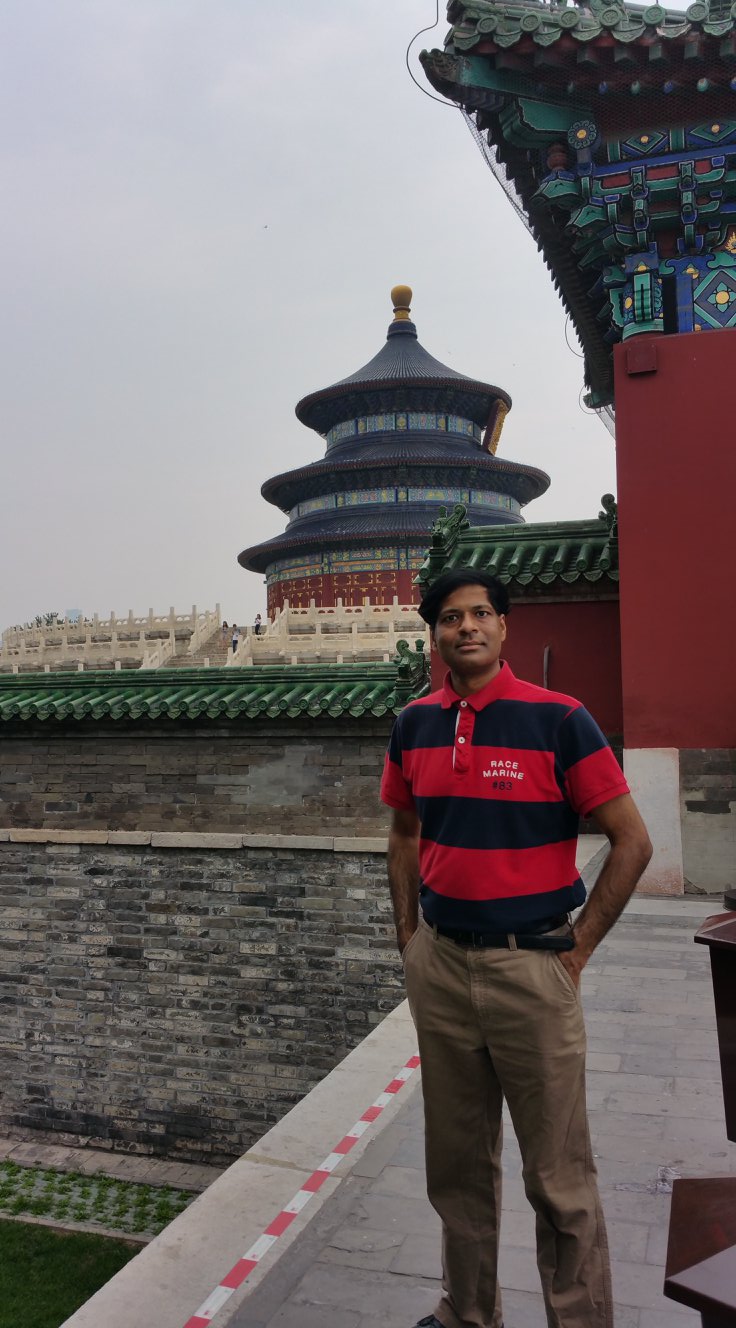
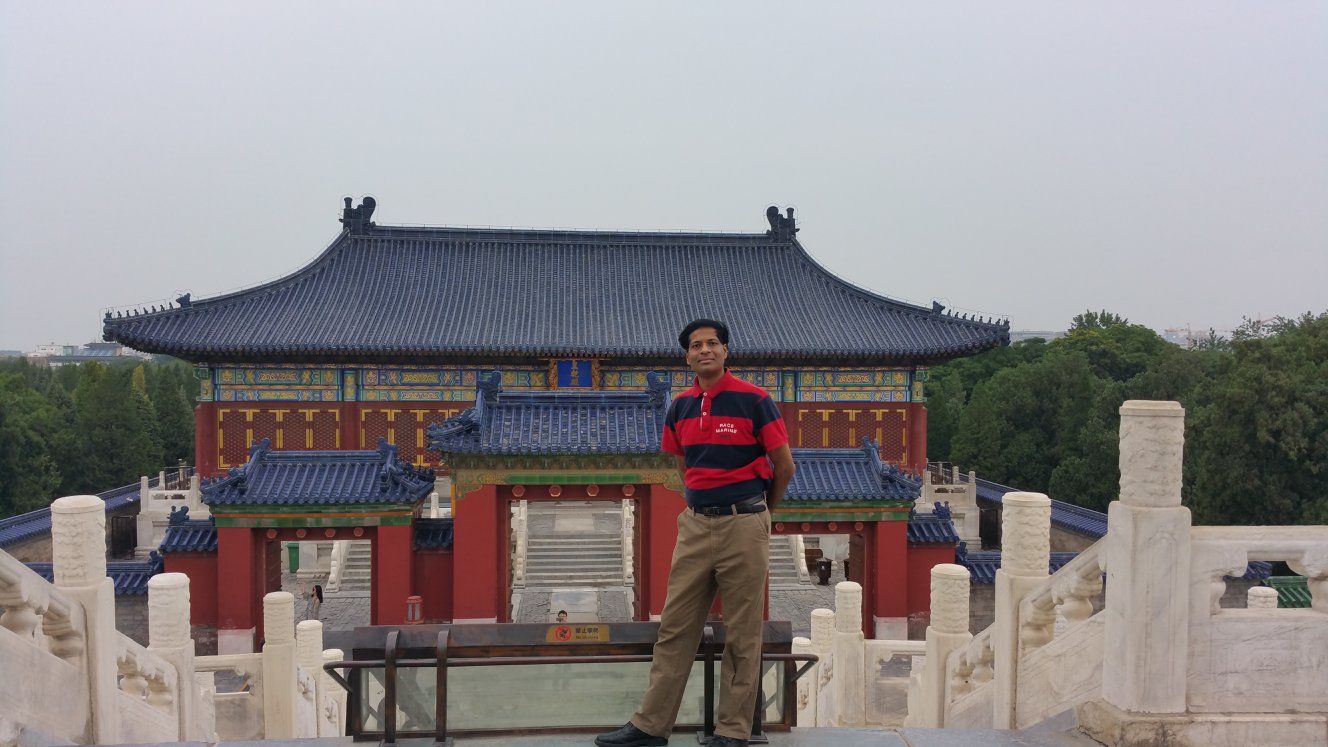
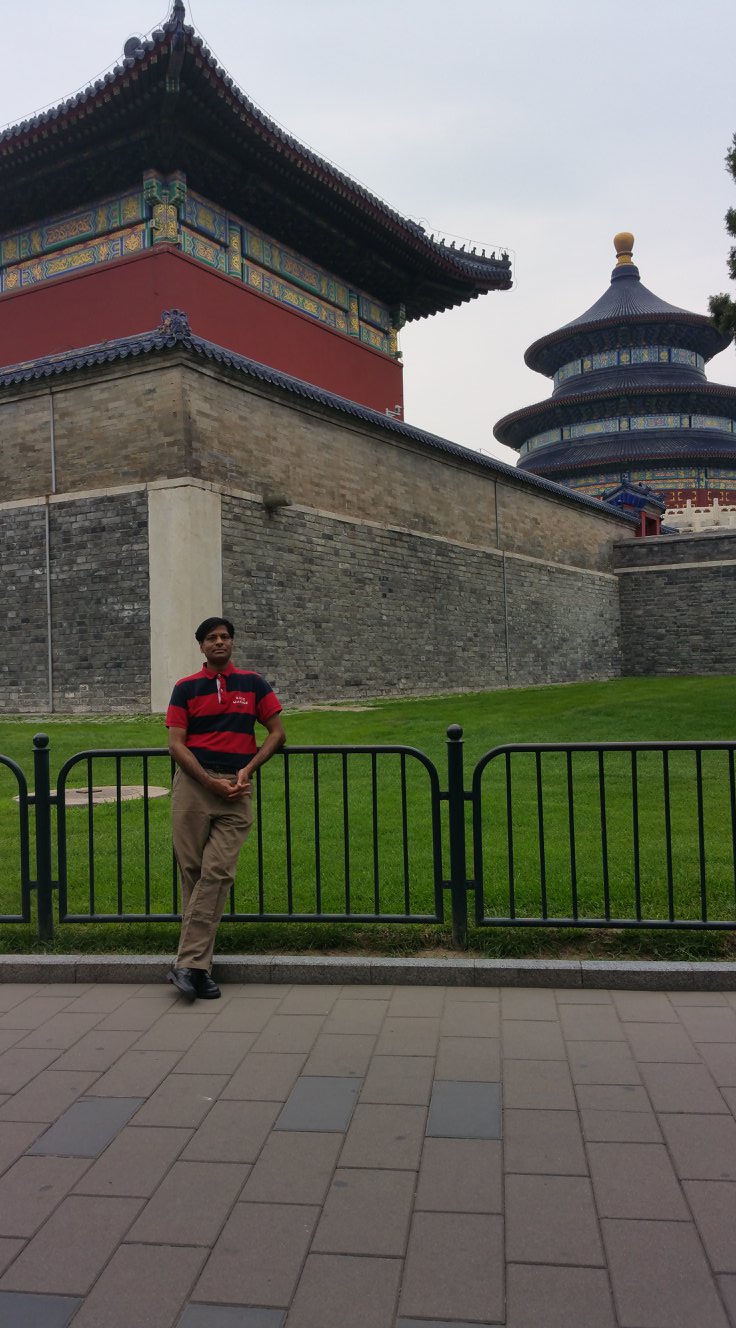
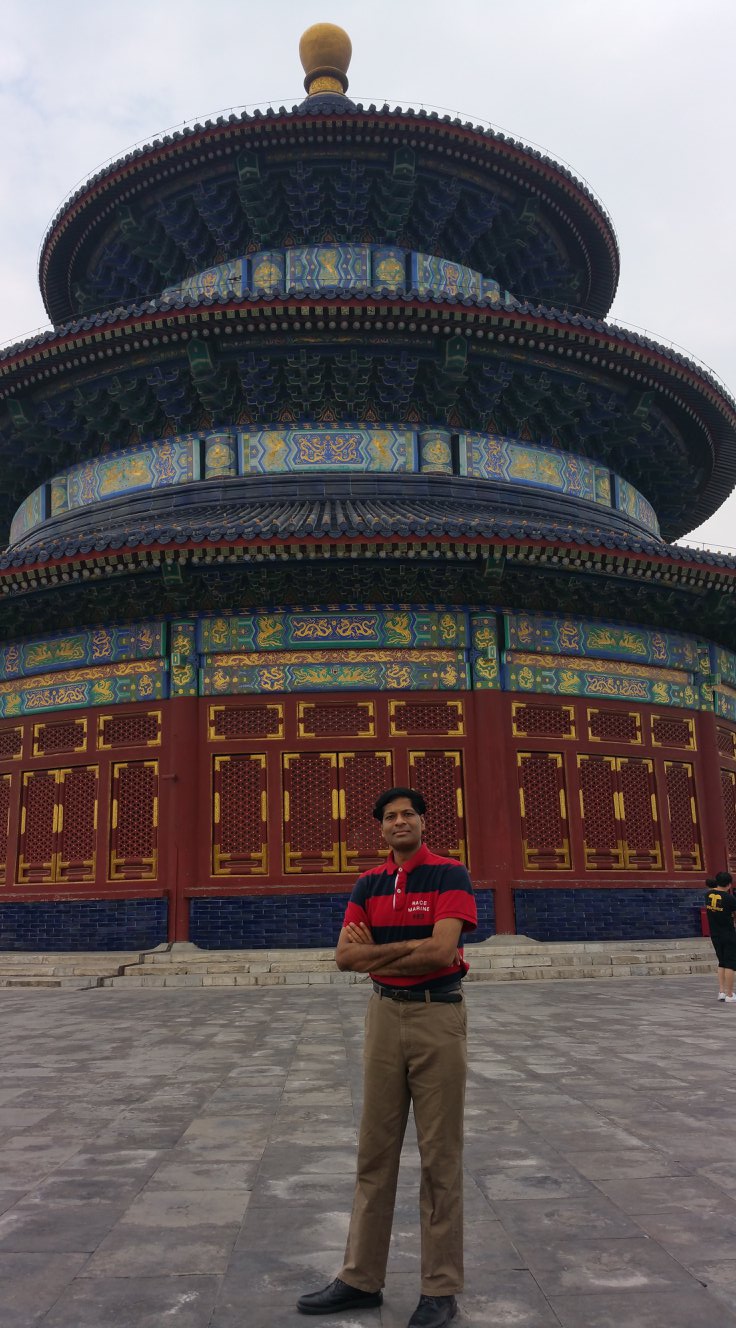

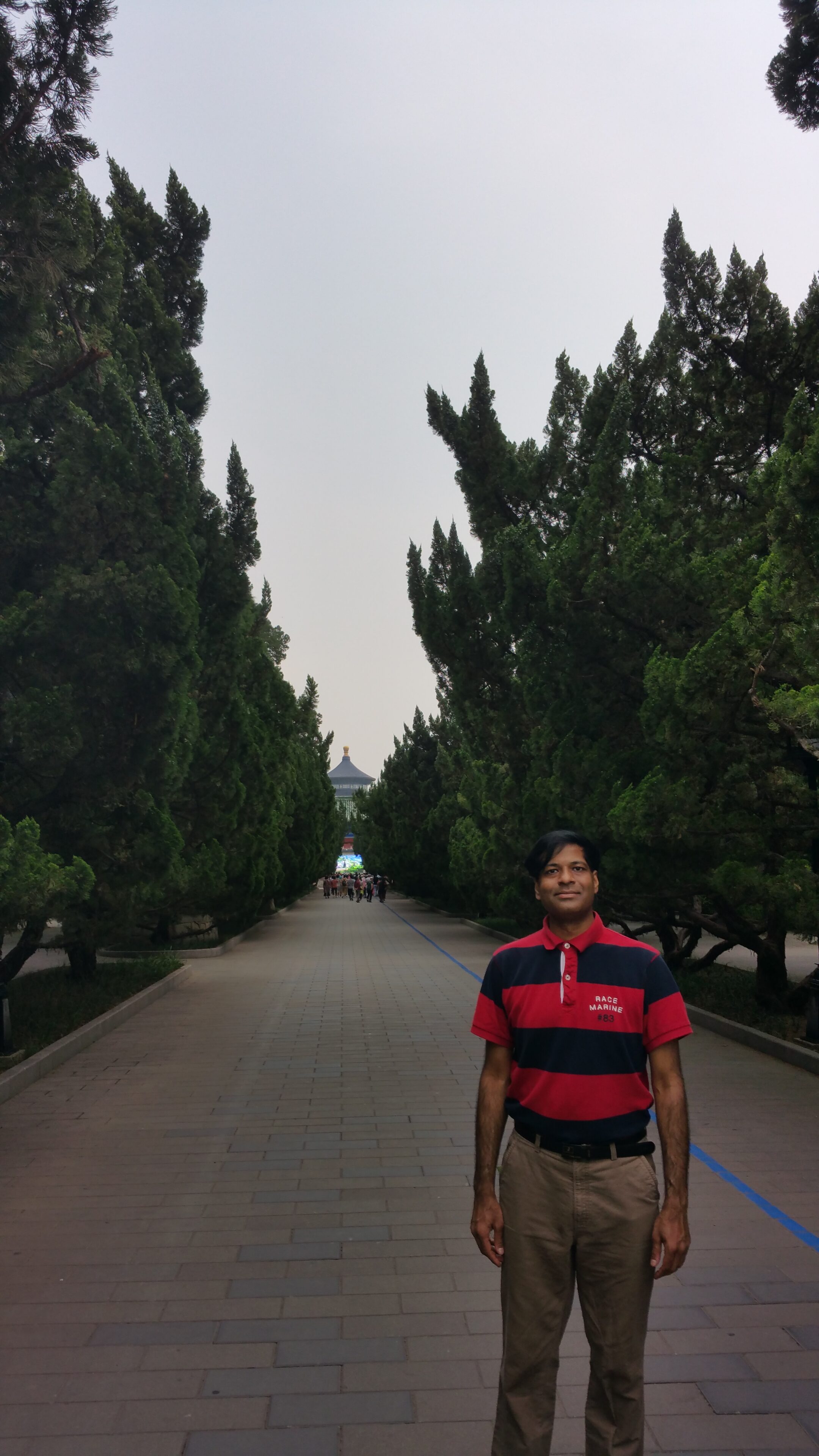
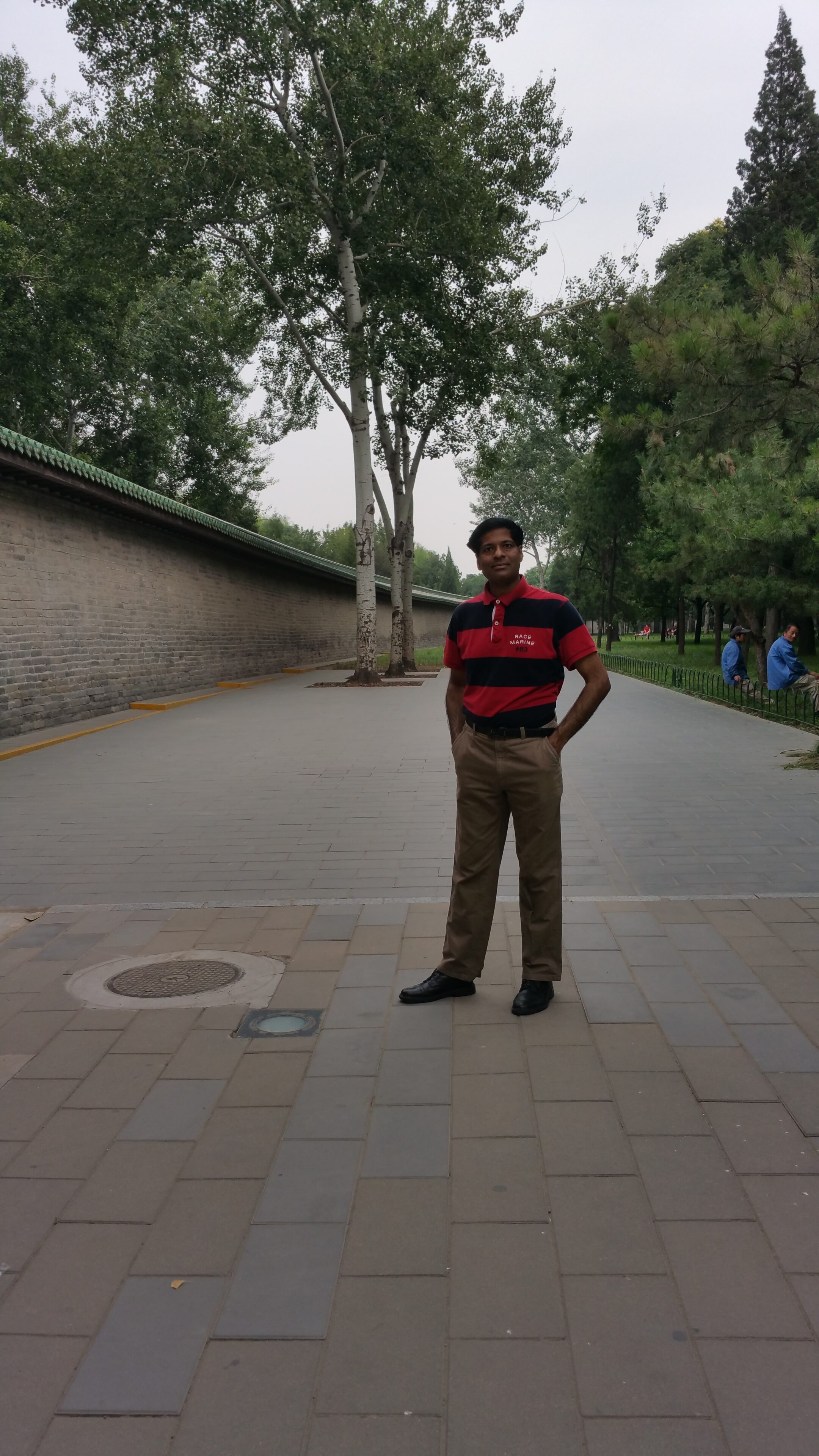
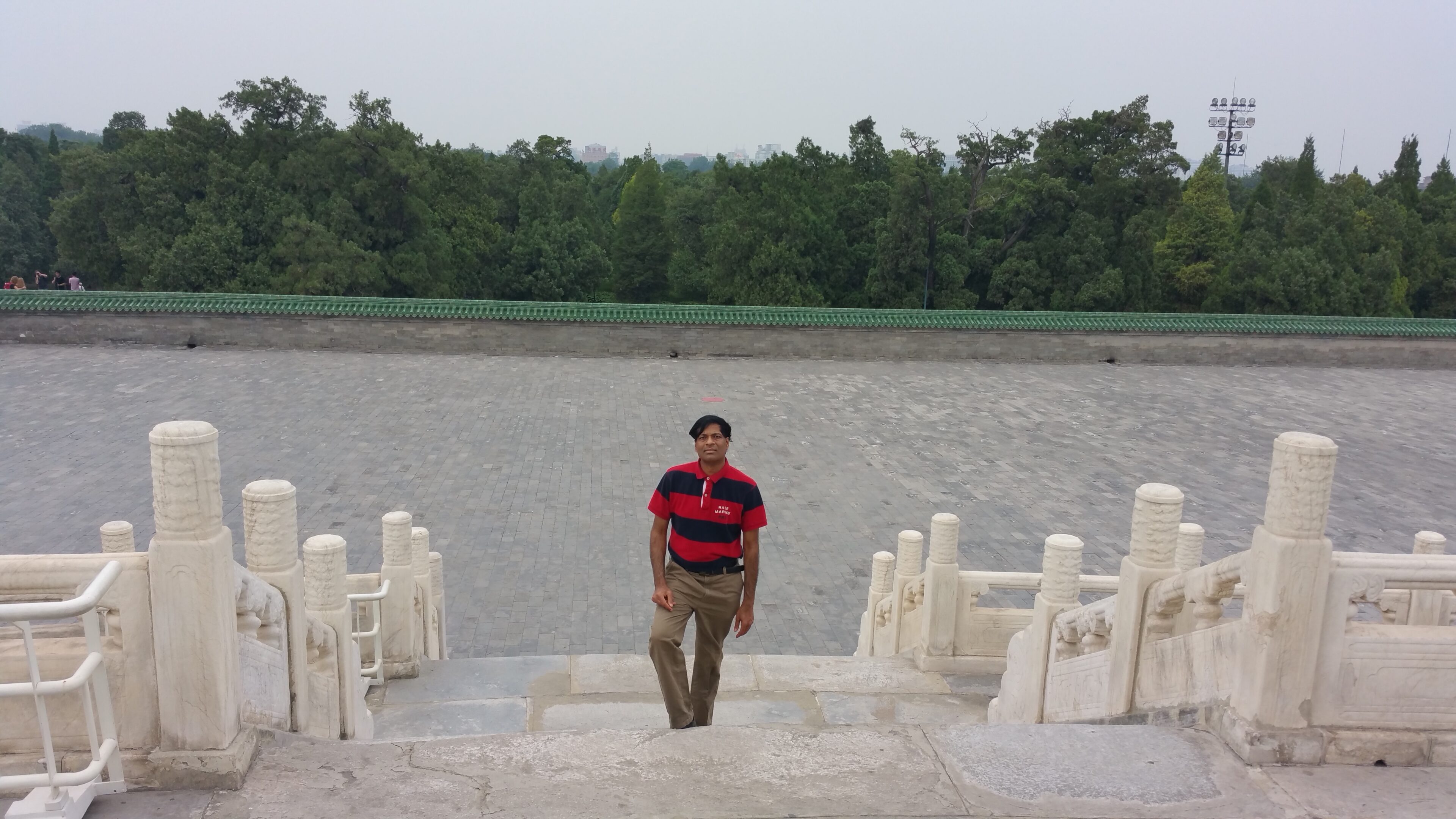
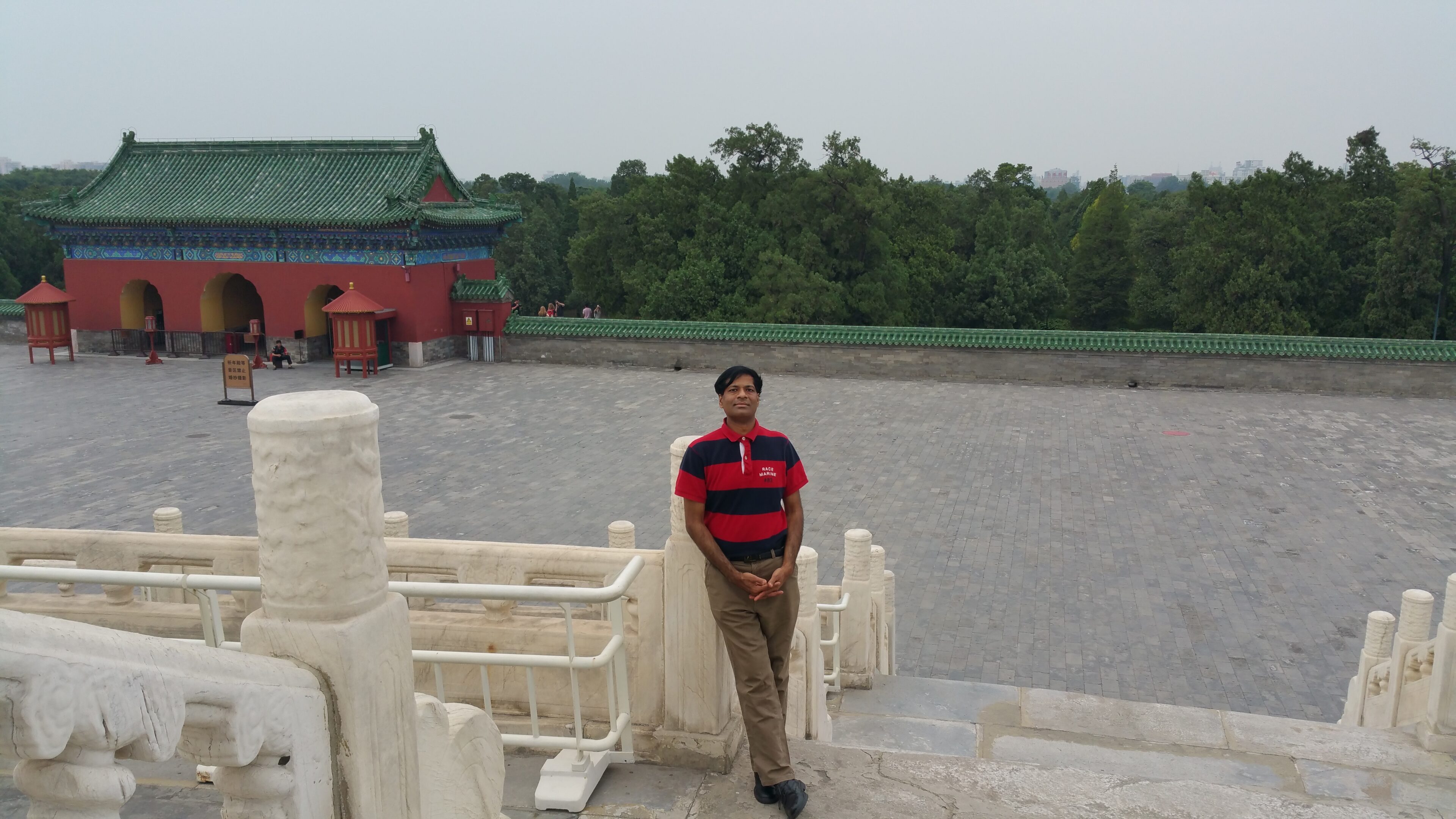
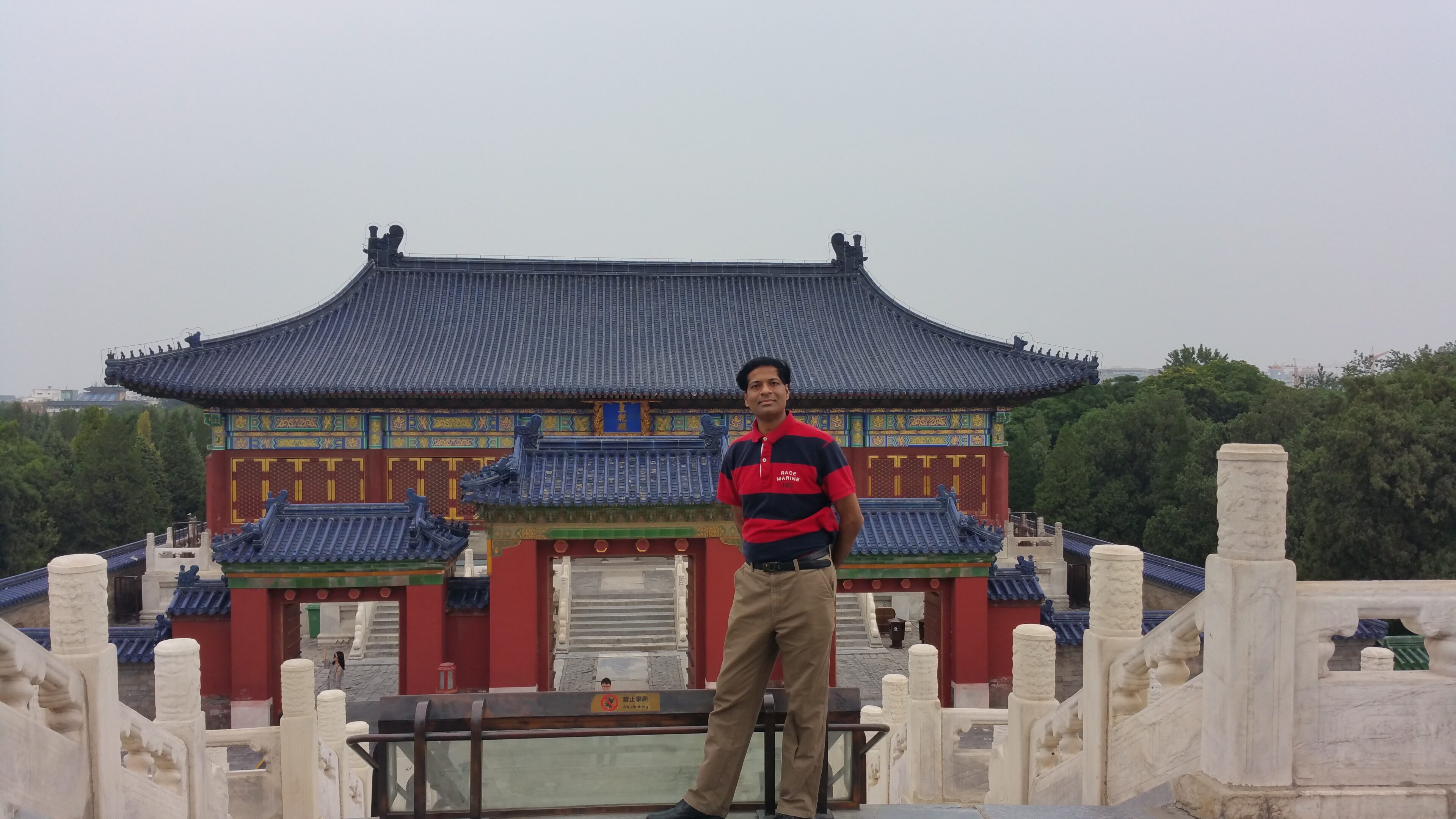
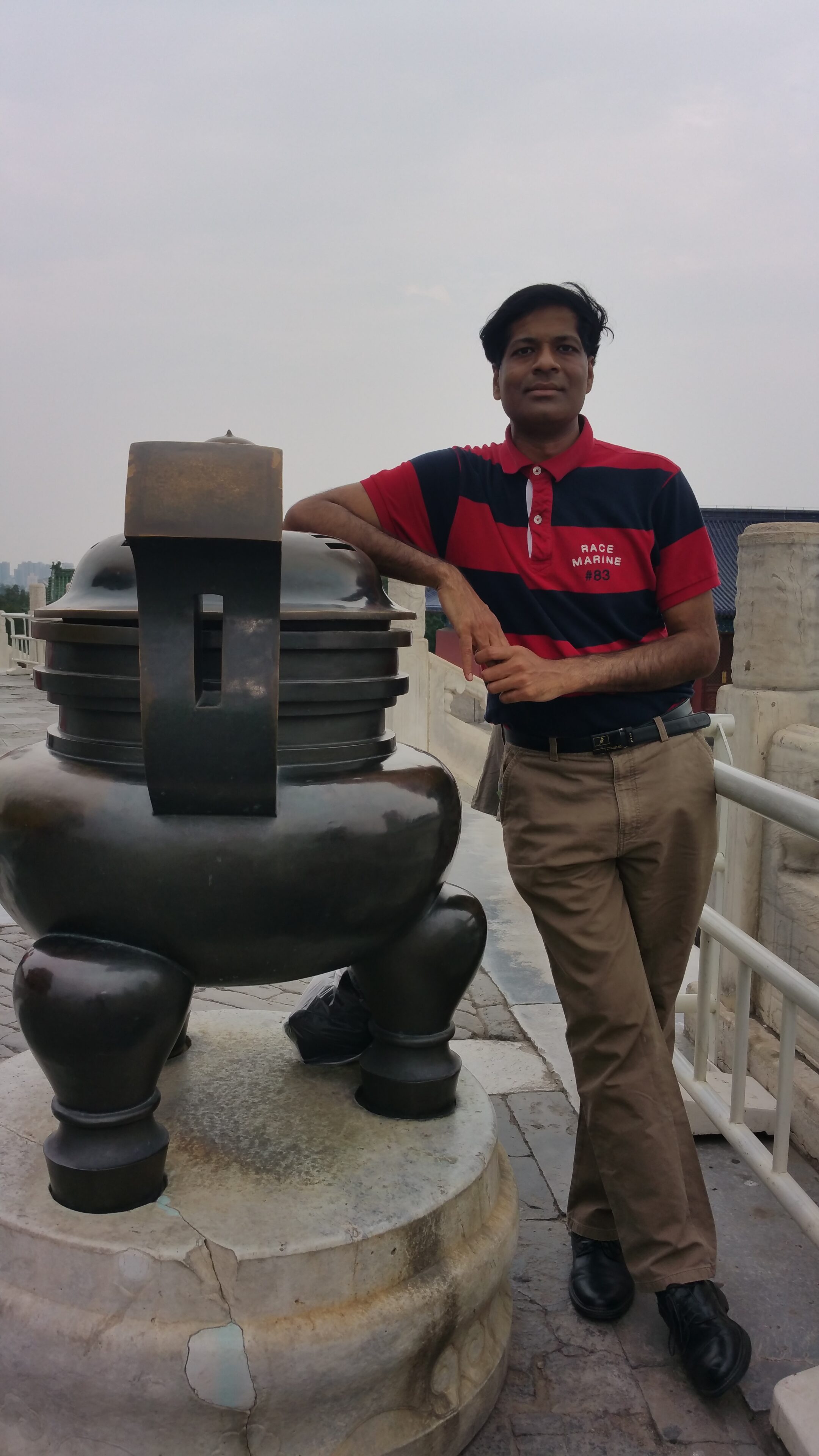
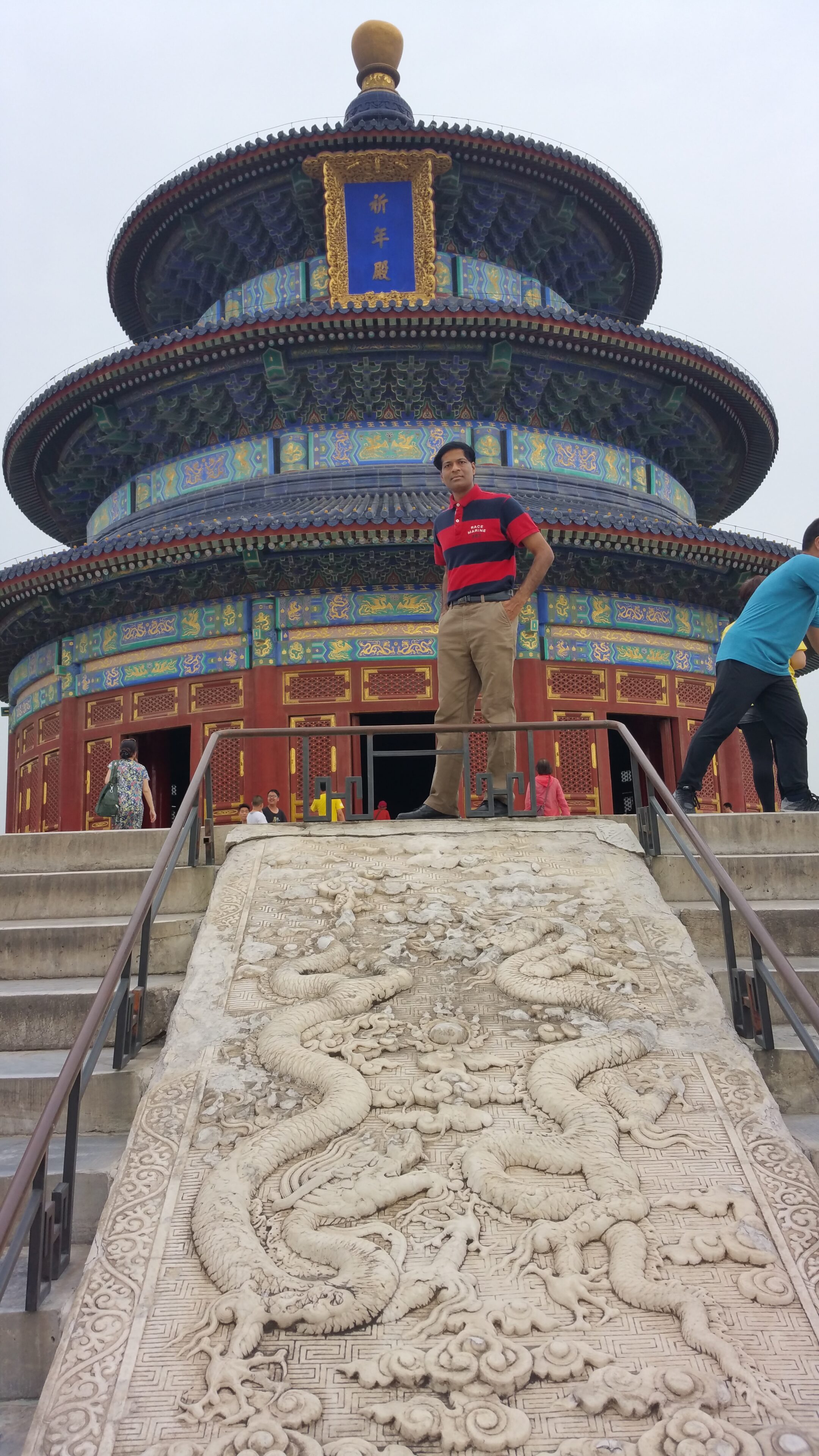
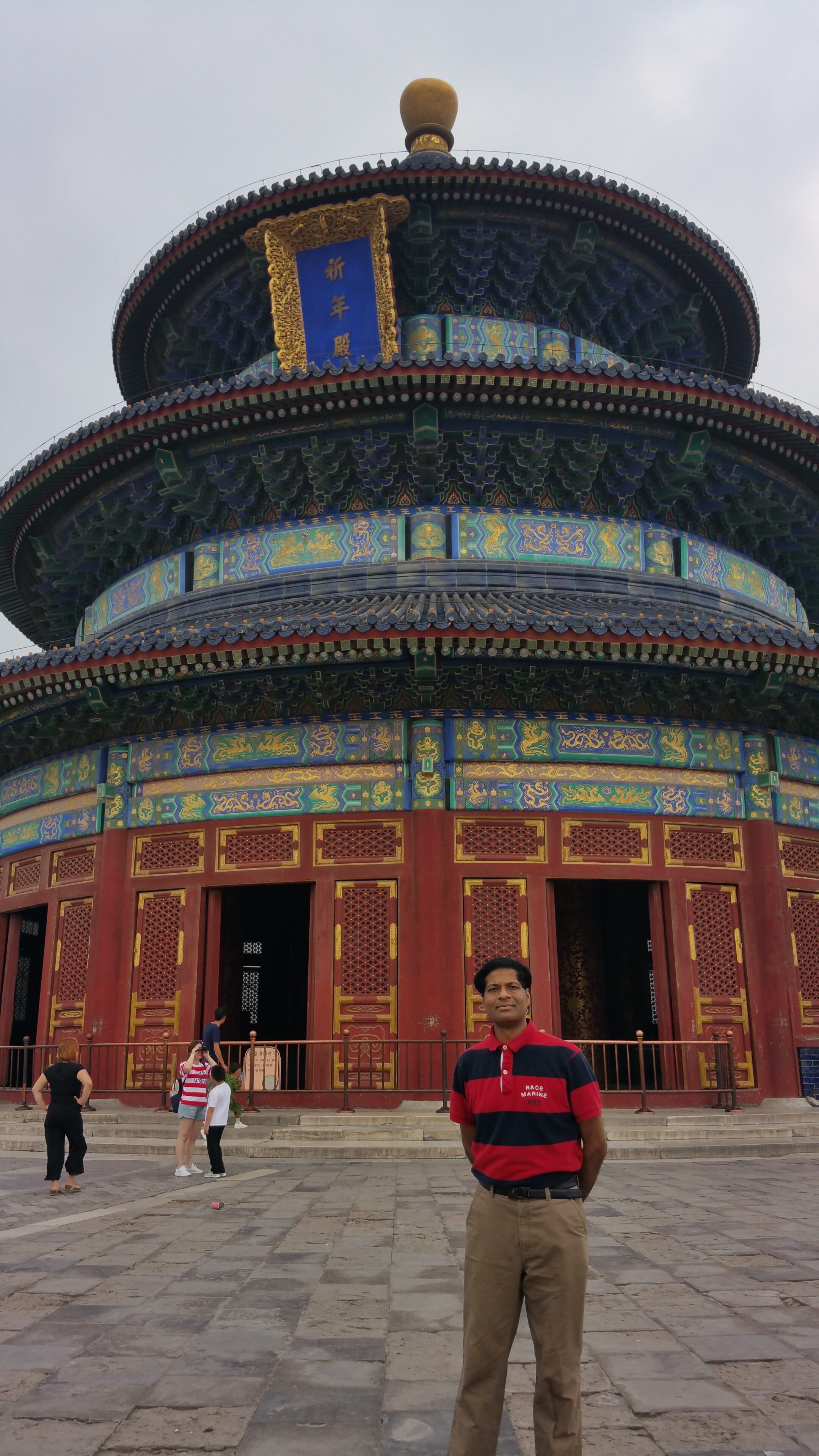
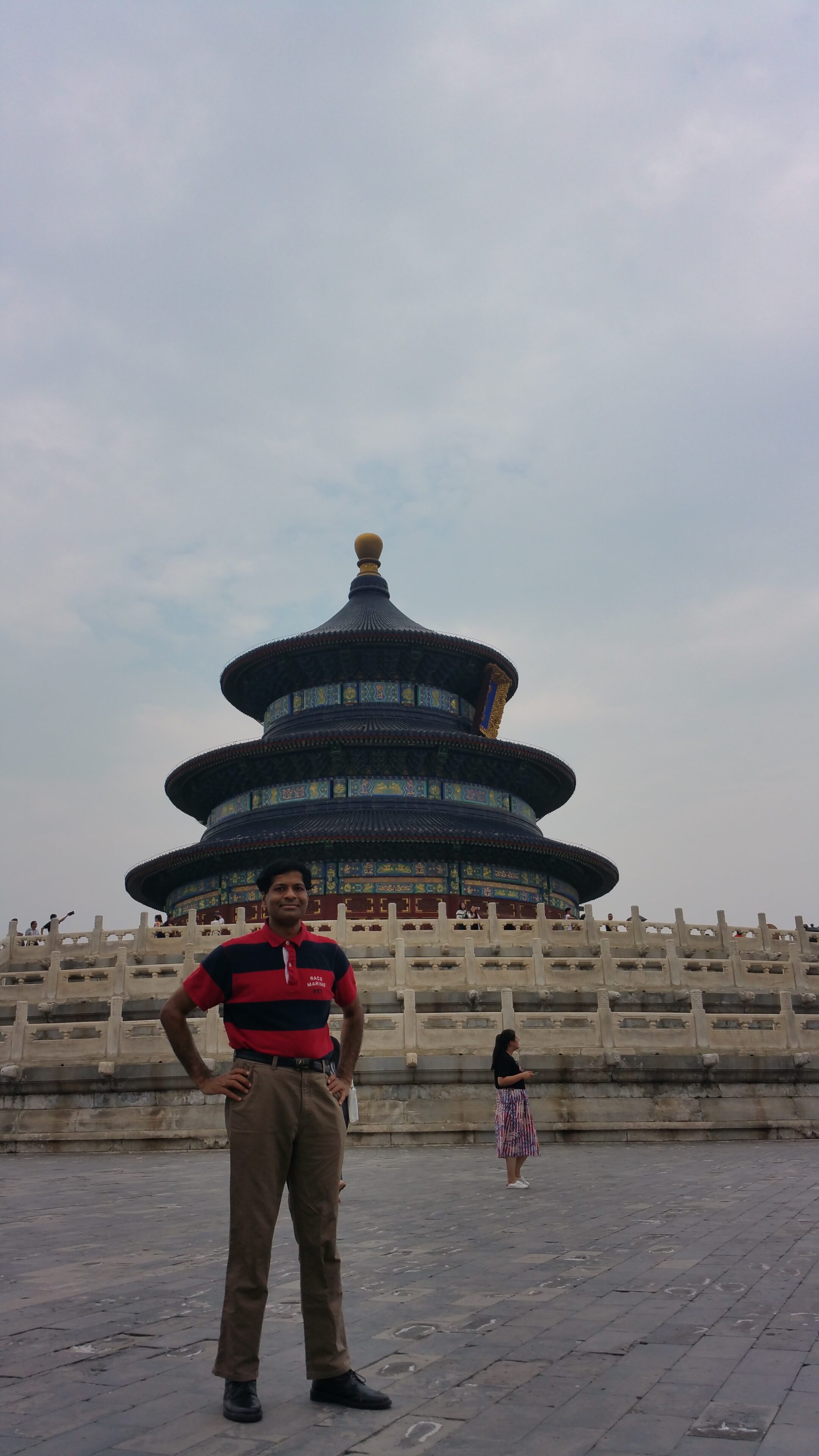
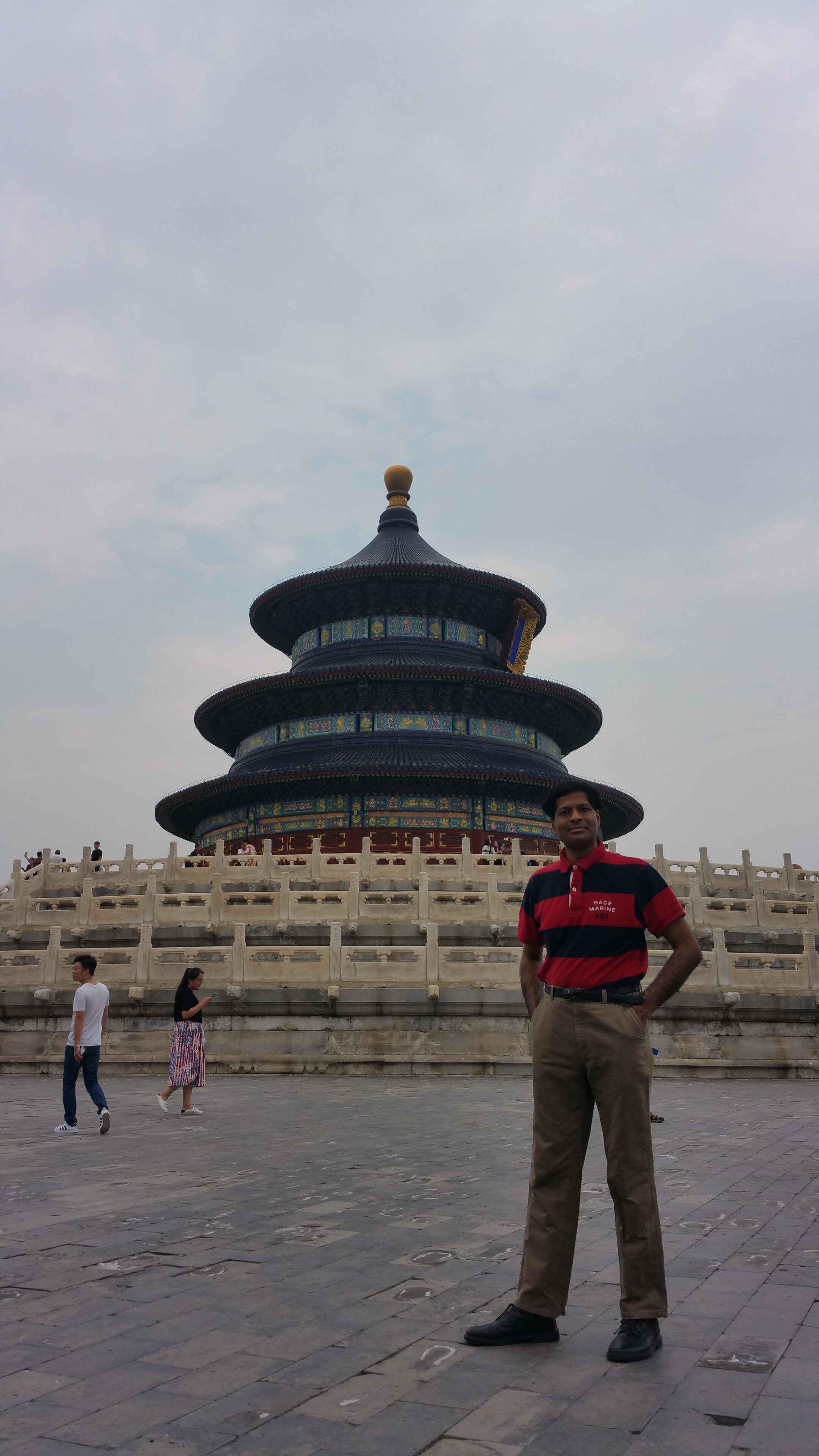

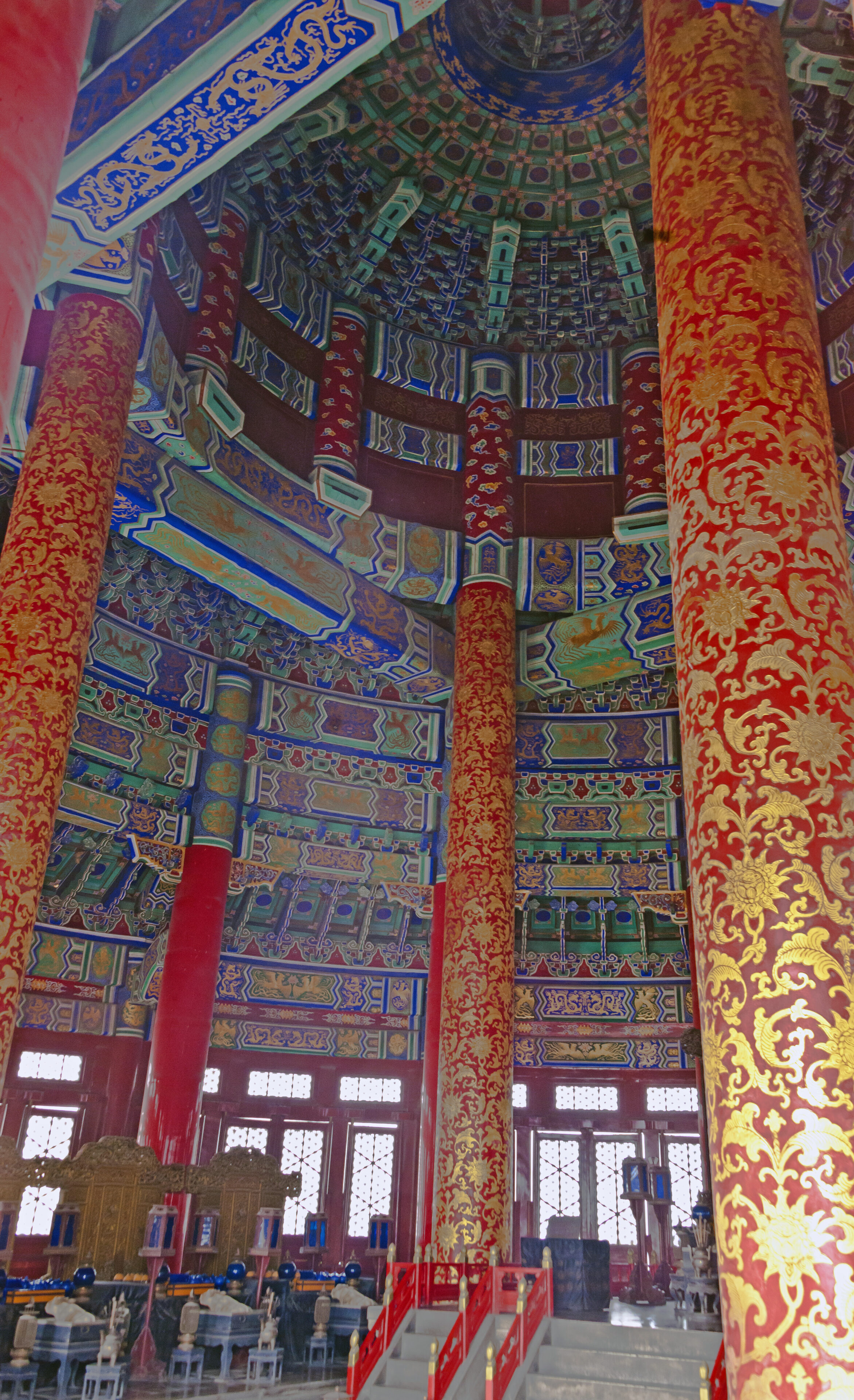
The structure, held up by these dragons, imitates the style of an ancient Chinese royal palace
– 12 inner middle pillars representing the 12 lunar months
– 12 outer pillars representing 12 2-hour periods of the day
Combined together, the 12 middle & 12 outer pillars represent the traditional solar terms
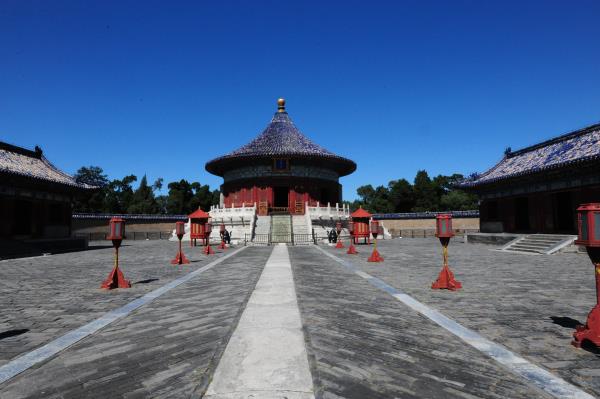
A single-gabled circular building, built on a single level of marble stone base
Located south of the Hall of Prayer for Good Harvests and resembles it, but is smaller.
It is surrounded by a smooth circular wall, the Echo Wall, that can transmit sounds over large distances
The Imperial Vault is connected to the Hall of Prayer by the Vermilion Steps Bridge, a 360-meter-long (1,180 ft) raised walkway that slowly ascends from the Vault to the Hall of Prayer.
The dome for this building also has no crossbeams to support the dome
TIAN TAN
(THE TEMPLE OF HEAVEN)
WHAT IS THE CONSTRUCTION HISTORY ?
- The temple complex was constructed from 1406 to 1420 during the reign of the Yongle Emperor
- This emperor was also responsible for the construction of the Forbidden City in Beijing
- The complex was extended and renamed Temple of Heaven during the reign of the Jiajing Emperor in the 16th century
- Jiajing also built three other prominent temples in Beijing
- The Temple of the Sun (日壇) in the east
- The Temple of Earth (地壇) in the north
- The Temple of Moon (月壇) in the west.
- The Temple of Heaven was renovated in the 18th century under the Qianlong Emperor
- In 1914, Yuan Shikai, then President of the Republic of China, performed a Ming prayer ceremony at the temple, as part of an effort to have himself declared Emperor of China
- In 1918 the temple was turned into a park and for the first time open to the public
WHEN WAS THE TEMPLE OF HEAVEN DESIGNATED AS A UNESCO HERITAGE SITE ?
The Temple of Heaven was inscribed as a UNESCO World Heritage Site in 1998 and was described as “a masterpiece of architecture and landscape design which simply and graphically illustrates a cosmogony of great importance for the evolution of one of the world’s great civilizations…” as the “symbolic layout and design of the Temple of Heaven had a profound influence on architecture and planning in the Far East over many centuries
TIAN TAN
(THE TEMPLE OF HEAVEN)
BUILDINGS & LAYOUT
- The Temple grounds cover 2.73 km2 (1.05 sq mi) of parkland and comprises three main groups of constructions, all built according to strict philosophical requirements
TIAN TAN
(THE TEMPLE OF HEAVEN)
THE HALL OF PRAYER FOR GOOD HARVESTS
(祈年殿)
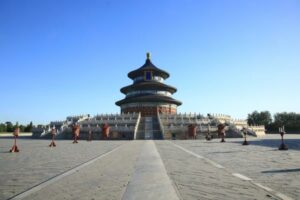
- A magnificent triple-gabled circular building
- 36 m in diameter and 38 m tall, built on three levels of marble stone base, where the Emperor prayed for good harvests
- The building is completely wooden, with no nails
- The original building was burned down by a fire caused by lightning in 1889
- The current building was re-built several years after the incident
TIAN TAN
(THE TEMPLE OF HEAVEN)
THE IMPERIAL VAULT OF HEAVEN (皇穹宇)
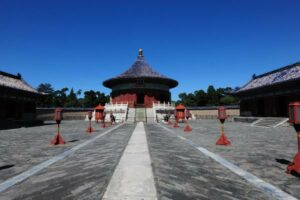
- A single-gabled circular building, built on a single level of marble stone base
- Located south of the Hall of Prayer for Good Harvests and resembles it, but is smaller.
- It is surrounded by a smooth circular wall, the Echo Wall, that can transmit sounds over large distances
- The Imperial Vault is connected to the Hall of Prayer by the Vermilion Steps Bridge, a 360-meter-long (1,180 ft) raised walkway that slowly ascends from the Vault to the Hall of Prayer.
- The dome for this building also has no crossbeams to support the dome
TIAN TAN
(THE TEMPLE OF HEAVEN)
The Circular Mound Altar (圜丘坛)
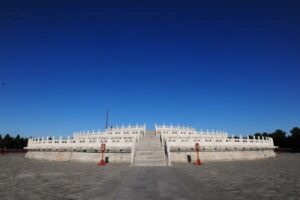
- It is the altar proper, located south of the Imperial Vault of Heaven
- It is an empty circular platform on three levels of marble stones, each decorated by lavishly carved dragons
- The numbers of various elements of the Altar, including its balusters and steps, are either the sacred number nine or its nonuples
- The center of the altar is a round slate called the Heart of Heaven (天心石) or the Supreme Yang (太阳石), where the Emperor prayed for favorable weather
- Thanks to the design of the altar, the sound of the prayer will be reflected by the guardrail, creating significant resonance, which was supposed to help the prayer communicate with Heaven.
- The Altar was built in 1530 by the Jiajing Emperor and rebuilt in 1740
WHY WAS THE TEMPLE OF HEAVEN BUILT ?
- The Temple of Heaven (Tiāntán) is an imperial complex of religious buildings and was visited by the Emperors of the Ming and Qing dynasties for annual ceremonies of prayer to Heaven for good harvest
- In ancient China, the Emperor of China was regarded as the Son of Heaven, who administered earthly matters on behalf of, and representing, heavenly authority
- To be seen to be showing respect to the source of his authority, in the form of sacrifices to heaven, was extremely important.
- The temple was built for these ceremonies, mostly comprising prayers for good harvests
TWICE A YEAR
- The Emperor and all his retinue would move from the Forbidden City through Beijing to encamp within the complex, wearing special robes and abstaining from eating
- No ordinary Chinese was allowed to view this procession or the following ceremony
- In the temple complex the Emperor would personally pray to Heaven for good harvests.
- The highpoint of the ceremony at the winter solstice was performed by the Emperor on the Earthly Mount
- The ceremony had to be perfectly completed; it was widely held that the smallest of mistakes would constitute a bad omen for the whole nation in the coming year
TIAN TAN
(THE TEMPLE OF HEAVEN)
SYMBOLISM
- A richly decorated interior in red, blue, green and gold with many intricate designs, rising to a ceiling above the upper bound of the image.Earth was represented by a square and Heaven by a circle
- Several features of the temple complex symbolize the connection of Heaven and Earth, of circle and square
- The whole temple complex is surrounded by two cordons of walls
- The outer wall has a taller, semi-circular northern end, representing Heaven and
- A shorter, rectangular southern end, representing the Earth
- Both the Hall of Prayer for Good Harvests and the Circular Mound Altar are round, each standing on a square yard, again representing Heaven and Earth
WHAT IS THE SYMBOLISM OF THE NUMBER ‘9’ ?
- The number nine represents the Emperor and is evident in the design of the Circular Mound Altar
- A single round marmor plate is surrounded by a ring of nine plates, then a ring of 18 plates, and so on for a total of nine surrounding rings, the outermost having 9×9 plates
WHAT IS THE SYMBOLISM OF ‘4’ & ’12’ NUMBER OF PILLARS ?
- The Hall of Prayer for Good Harvests has
- 4 main supportive inner dragon pillars
- each representing a season
- So total 4 seasons of the year in total
- The structure, held up by these dragons, imitates the style of an ancient Chinese royal palace
- 12 inner middle pillars representing the 12 lunar months
- 12 outer pillars representing 12 2-hour periods of the day
- 4 main supportive inner dragon pillars
- Combined together, the 12 middle & 12 outer pillars represent the traditional solar terms
WHAT IS THE SYMBOLISM OF SPECIAL DARK BLUE ROOF ?
- All the buildings within the Temple have special dark blue roof tiles, representing the Heaven
WHAT IS THE SYMBOLISM OF 7 STAR STONE GROUP ?
- The Seven-Star Stone Group, east of the Hall of Prayer for Good Harvest, represents the seven peaks of Taishan Mountain, a place of Heaven worship in classical China
DESCRIBE THE PARK SORROUNDING THE TEMPLE OF HEAVEN
- The surrounding park is quite extensive, with the entire complex totaling 267 hectares (660 acres)
- Some of it consists of playgrounds, exercise and game areas
- These facilities are well used by adults, as well as by parents and grandparents bringing children to play. Some of the open spaces and side buildings are often used, particularly in the morning, for choral shows, ethnic dances, and other presentations.

